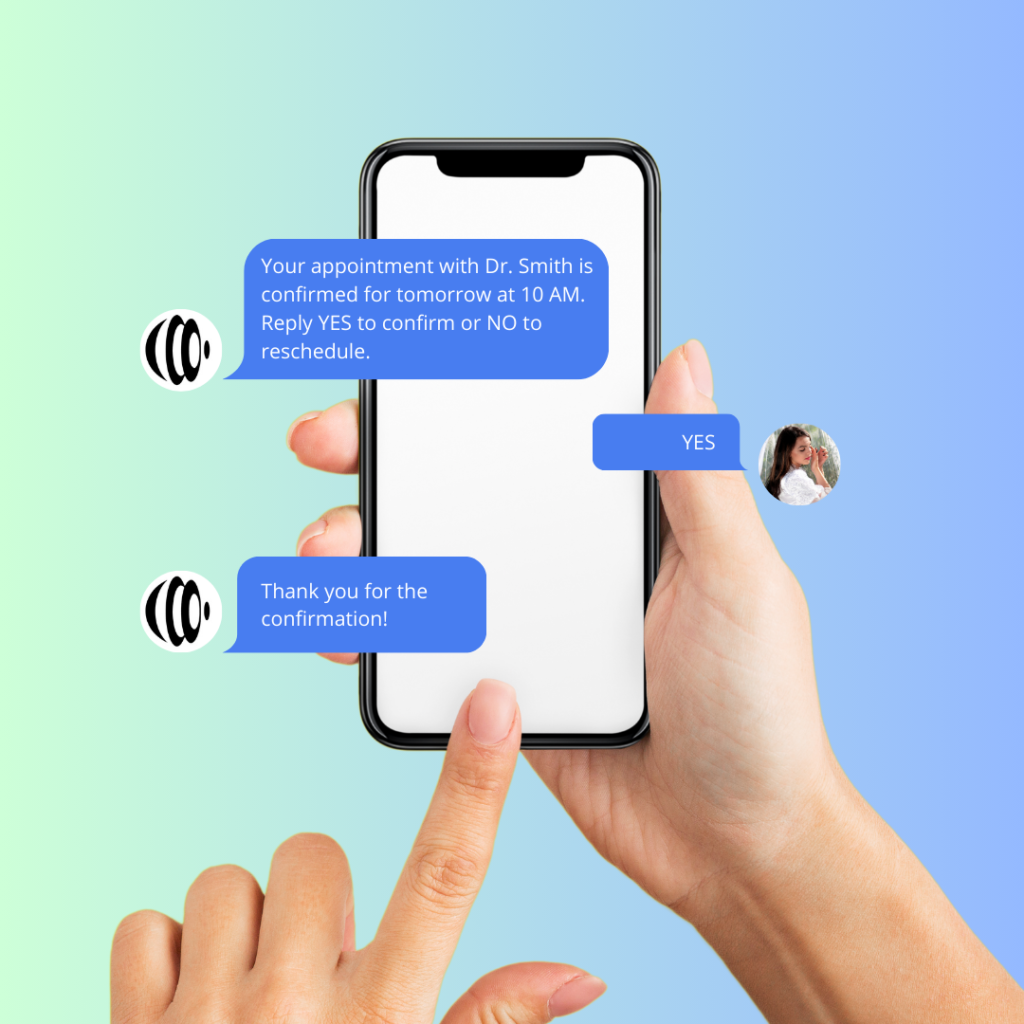SMS codes are a crucial part of mobile communication, particularly in the realms of marketing, authentication, and customer service. But what exactly are SMS codes, and why are they important? In this blog, we’ll explore what SMS codes are, delve into some common types, and explain key terminology that you should know.
What Are SMS Codes?
SMS codes are short sequences of numbers used in text messaging for a variety of purposes, from marketing campaigns to secure authentication processes. These codes allow businesses and organizations to communicate with customers quickly and efficiently, often in the context of automated services. SMS codes are typically used for sending messages en masse or for receiving quick responses from customers.
Types of SMS Codes
There are several types of SMS codes, each serving different functions in communication and marketing strategies. Here are the most common ones:
1. Short Codes
What They Are:
Short codes are 5- to 6-digit numbers used by businesses to send and receive SMS and MMS messages at scale. They are often used in marketing campaigns, promotions, and alerts.
Examples:
- Marketing Campaigns: “Text JOIN to 12345 to receive exclusive offers!”
- Alerts: “Text STOP to 67890 to unsubscribe from notifications.”

Use Cases:
Short codes are ideal for high-volume messaging and are commonly used for sending bulk messages, conducting surveys, or engaging with customers through contests and promotions.
2. Long Codes
What They Are:
Long codes, also known as 10-digit long codes (10DLC), are standard phone numbers used for person-to-person (P2P) communication. They are often used for customer service, appointment reminders, and two-way conversations.
Examples:
- Customer Service: “Your appointment with Dr. Smith is confirmed for tomorrow at 10 AM. Reply YES to confirm or NO to reschedule.”
- Two-Way Conversations: “Thank you for your inquiry. How can we assist you further?”

Use Cases:
Long codes are suitable for businesses that need to maintain personalized communication with customers, especially when responses are required. They are also used for transactional messaging like confirmations, notifications, and support inquiries.
3. Toll-Free Numbers
What They Are:
Toll-free numbers are 800, 888, 877, and similar numbers that are free for customers to call or text. They serve as a customer-friendly option for businesses to provide support and receive inquiries.
Examples:
- Customer Support: “Text HELP to 1-800-555-1234 for assistance with your account.”
- Information Requests: “Text INFO to 1-888-555-6789 to receive more details about our services.”
Use Cases:
Toll-free numbers are often used by businesses to handle customer support, inquiries, and other forms of communication where the customer shouldn’t be charged for texting or calling.
4. Alphanumeric Sender IDs
What They Are:
Alphanumeric sender IDs are custom sender names that appear in place of a phone number when you receive a message. These IDs typically include the brand name or a service name.
Examples:
- Brand Notification: “ACME Corp: Your order has been shipped. Track your package here: [link].”
- Service Alert: “BankName: Your OTP is 123456. It is valid for 5 minutes.”
Use Cases:
Alphanumeric sender IDs are used primarily for brand recognition and security. They are often employed in transactional messages, alerts, and notifications where immediate recognition of the sender is crucial.
Common SMS Terminology
To better understand SMS codes and their use, it’s important to familiarize yourself with some common terminology:
- Keyword: A word or phrase that users send to a short code to opt-in to a campaign or receive information. For example, “Text SALE to 12345 for discounts.”
- Opt-In: The process by which a user gives permission to receive SMS messages from a business. This often involves sending a keyword to a short code.
- Opt-Out: The process by which a user unsubscribes from receiving SMS messages. This is typically done by replying with a keyword like “STOP.”
- MMS (Multimedia Messaging Service): An extension of SMS that allows for sending multimedia content, such as images, videos, and audio, along with text messages.
- P2P (Person-to-Person): Refers to standard text messaging between individuals, usually via long codes.
- A2P (Application-to-Person): Refers to messages sent from an application (like a CRM system) to a person, often using short codes or toll-free numbers.
How CRM Messaging Can Help
Understanding and utilizing SMS codes effectively can significantly enhance your communication strategies.
With CRM Messaging, you can manage and send messages through various SMS codes, ensuring that your communication is tailored to your audience’s needs. Whether you’re running a marketing campaign, sending appointment reminders, or providing customer support, CRM Messaging allows you to automate and personalize your messaging, maximizing engagement and efficiency.
CRM Messaging can help you optimize your communication strategies and connect with your audience in a meaningful way. Book a free demo with us today!






